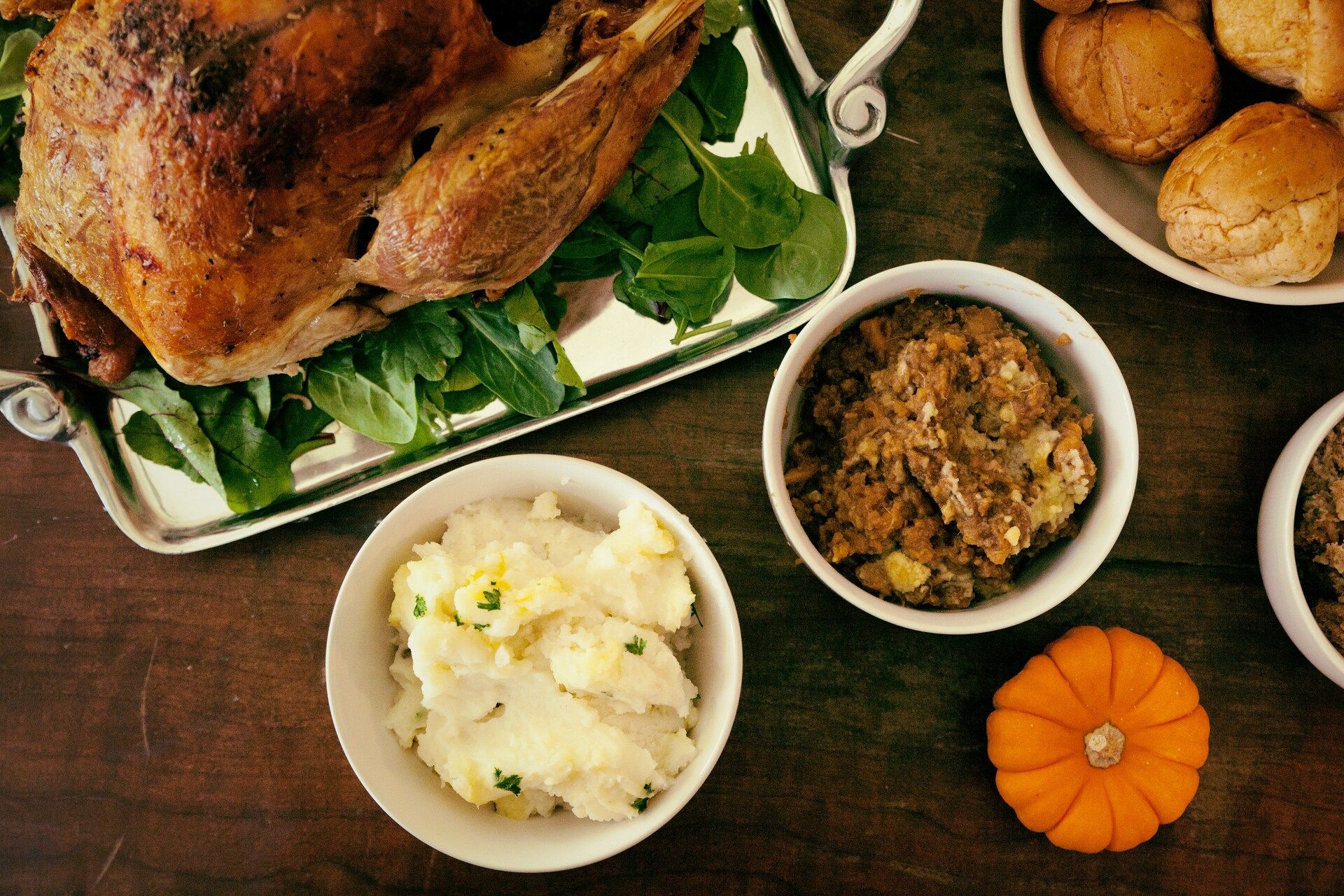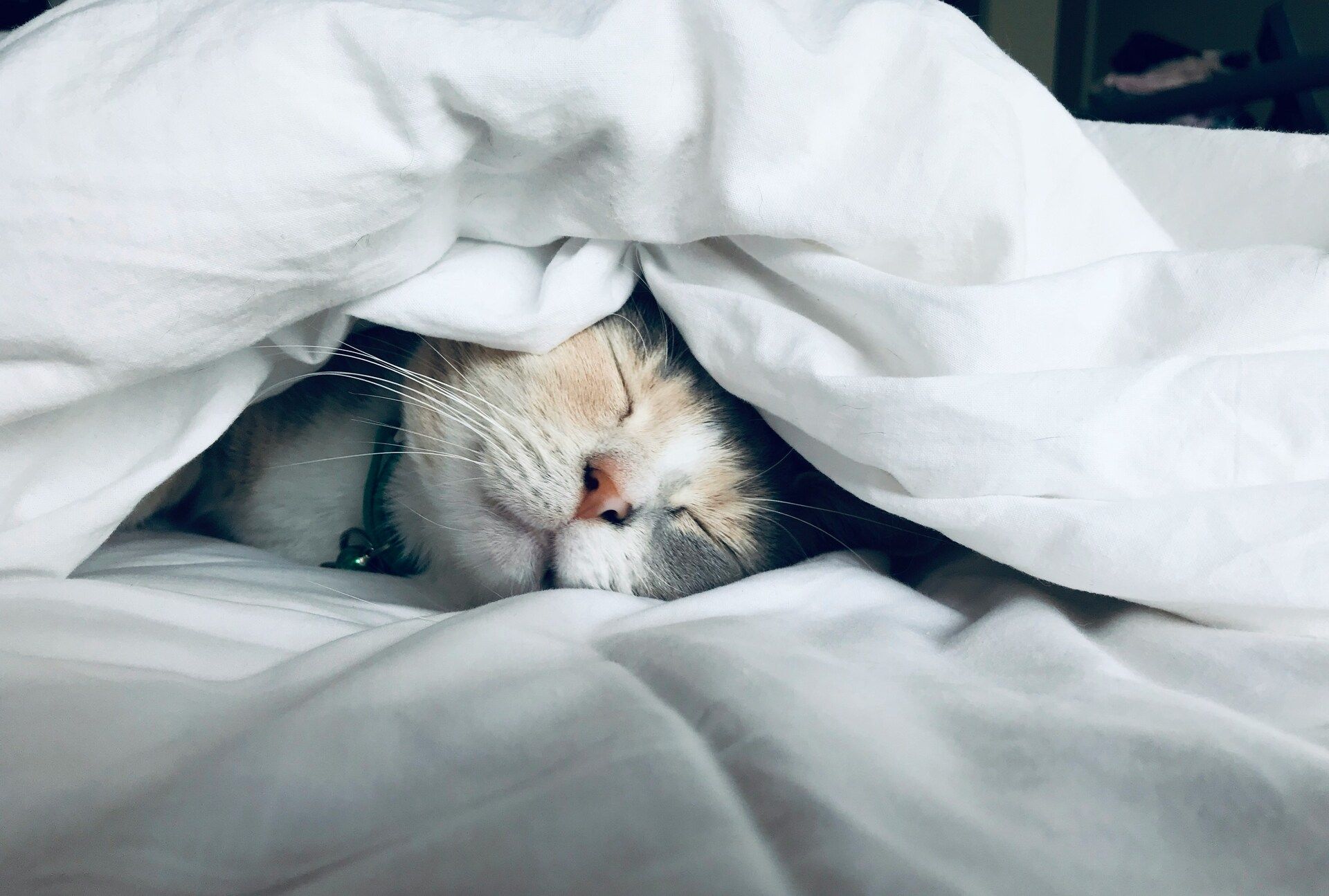The holidays usually bring a natural break from pickleball, and for many players that time off ends up helping more than they expect. After a few days away, movements feel sharper, reactions feel quicker, and the body feels noticeably lighter.
This week, we will look at why stepping back sometimes moves you forward, and how a little rest can make you play better when you return to the court.

The Science of Rested Performance
Many players notice something surprising after a few days away from pickleball. Their movements feel smoother, their timing feels cleaner, and their decision-making sharpens. It feels like a small reset for both the mind and body, and science supports exactly that. Rest does not simply help you recover from soreness. It improves the systems responsible for precision, coordination, and long-term performance.
The nervous system is the first to benefit. Neural fatigue builds quietly during repeated play. It affects reaction time, footwork accuracy, and the fine control you rely on for soft shots and resets. Your brain sends signals to your muscles thousands of times during a single match, and each one of those pathways experiences tiny amounts of strain. When you take time off, the neural pathways that control these skills recover fully. Electrical signals travel more efficiently, synaptic connections strengthen, and muscles respond with less hesitation. This is why hands often feel quicker and footwork feels more confident after a short break. The wiring itself has had time to reset.
Rest also allows your muscles to repair micro-tears that accumulate during regular play. Even light sessions create small amounts of tissue damage at the cellular level. This is a normal and necessary part of building strength, but only if you give the body time to finish the repair process. When players train too frequently without recovery, these micro-tears stack faster than the body can repair them. The result is a slow decline in muscle quality, where fibers become less responsive and more prone to strain. A few days off gives muscle fibers time to rebuild, which improves strength, elasticity, and endurance. Many players notice they move more freely and with more stability because the supporting tissue has had time to catch up to the demands being placed on it.
Inflammation plays a quiet but important role as well. Pickleball relies on repetitive patterns in the shoulders, elbows, hips, and feet. These tissues develop low-level inflammation from repeated use, not enough to cause immediate pain but enough to limit range of motion and reduce efficiency. Time away allows the immune system to resolve that inflammation naturally, clearing out cellular debris and bringing fresh blood flow to the affected areas. This reduction in irritation often explains why players return feeling more mobile and less stiff. Joints glide more smoothly, tendons feel less restricted, and movements flow with less friction.
Motor learning also improves during rest. When you play regularly, your brain is constantly encoding patterns, angles, and movements. Every dink, every drive, every third shot drop is being recorded in the motor cortex as a sequence of neural instructions. Consolidation of that learning happens when you stop. Rest periods allow the brain to strengthen these motor patterns, prune away inefficient movements, and lock in the techniques that work best. This is the same process that makes musicians and other athletes improve after a day off. The skill is refined not through more repetition, but through the quiet work of memory consolidation that happens when you are away from the court.
Finally, energy reserves stabilize. Glycogen, which fuels quick movements and sustained play, takes time to replenish fully. During intense or frequent play, your body depletes these stores faster than they can be restored between sessions. Short rests allow the body to refill these stores completely, ensuring that when you step back on the court, your muscles have the fuel they need for explosive movement and sustained focus. Players often feel faster and more reactive because their energy system is fully restored, not just partially topped off.
These benefits do not require long breaks. Even two or three days of genuine rest can lead to better timing, cleaner technique, and renewed confidence on court. Rest is not passive time. It is a form of training that works quietly in the background, repairing, consolidating, and restoring the systems that make good play possible.
TL;DR:
Time off restores the nervous system, which improves reaction time and coordination.
Muscle fibers repair micro-tears and return stronger with a few days of rest.
Joint inflammation decreases, improving mobility and comfort.
Motor learning consolidates during rest, not during repetition.
Energy stores replenish fully, which improves speed and endurance.
Even short breaks can lead to noticeable improvements on court.

How to Make Your Rest Days Work for You
Rest days are often viewed as breaks from training, but they should be treated as part of the training process. The body rebuilds during rest, not during activity, and the habits you follow on your off days determine how much you benefit when you return to the court. The goal is not to be inactive but to support the systems that recover, repair, and prepare you for your next match.
Protein intake is one of the most important areas to focus on. Many players assume they need less protein on rest days because they are not playing, but this is when muscles actually rebuild the micro-tears created during regular sessions. The repair process continues for days after your last match, and your body needs a steady supply of amino acids to complete that work efficiently. Consistent intake of high quality protein helps repair tissue, restore strength, and prepare muscles for future load. Lean meats, fish, eggs, dairy, and plant-based sources all contribute to this process. Without enough protein, recovery slows and fatigue lingers longer than it should. Your muscles are working even when you are resting, and they need the raw materials to finish the job.
Hydration also matters. Cold weather and holiday schedules often lead players to drink less water than they need. When you are not sweating on the court, it is easy to forget that your body still relies on fluids for nearly every recovery process. Muscles and joints rely on steady hydration to move smoothly, and dehydration can increase stiffness even when you are not playing. Water supports nutrient delivery, waste removal, and the flexibility of connective tissue. A simple habit is to match your water intake on rest days with what you normally drink during the week. If you drink a glass with each meal and keep water nearby throughout the day, you will stay ahead of dehydration without needing to overthink it.
Sleep is another cornerstone of recovery. Deep sleep is when growth hormone peaks, and this hormone is essential for tissue repair and bone remodeling. During the deeper stages of sleep, your body prioritizes restoration over all other functions. Good sleep enhances the immune system, reduces inflammation, and improves mental clarity. Players who protect their sleep on rest days usually notice they return to the court with more energy and better movement quality. If your holiday schedule allows it, an extra thirty to sixty minutes of sleep can make a noticeable difference in how you feel when you step back on the court. Sleep is not just rest for the mind. It is active recovery time for the entire body.
Light movement helps as well. Total inactivity can make the body feel stiff when you return, so gentle activities such as walking, mobility work, or stretching keep your joints lubricated and your muscles relaxed. These movements improve circulation, reduce residual soreness, and keep your nervous system engaged without adding stress. Walking after a meal, doing a few minutes of dynamic stretching, or moving through gentle yoga poses all qualify as light movement that supports recovery. Ten to fifteen minutes of easy movement is enough to support recovery without interfering with the repair work your body is doing. The goal is to stay loose, not to train.
Nutrition supports recovery beyond protein. Consistent intake of vitamins and minerals, especially calcium and vitamin D, helps maintain bone health and muscle function. Magnesium supports muscle relaxation and reduces cramping. Omega-3 fatty acids help manage inflammation naturally. A holiday week with large meals can still support your body if you maintain balanced choices throughout the day. You do not need strict rules during time off, but small choices help maintain stability in your energy and recovery processes. Adding vegetables to your plate, choosing whole grains, and not skipping meals all contribute to keeping your body in a state where recovery can happen efficiently.
Mental recovery should not be overlooked. Time away reduces stress, improves focus, and gives your brain a chance to process the motor patterns learned during recent play. Your nervous system benefits from rest just as much as your muscles do. This mental reset often makes players feel clearer and more patient when they return to the court. They make better decisions under pressure, stay calm during rallies, and trust their instincts more naturally. Even brief visualization or watching high-level matches can reinforce skills without physical strain. Your brain continues working on what you have practiced, and rest gives it the time and space to organize that information more effectively.
The final component is pacing. Rest days should be regular, not rare. A consistent cycle of play and recovery keeps your performance steady and reduces the risk of overuse injuries. Many players push through soreness or fatigue because they do not want to lose momentum, but that approach usually leads to longer breaks later when the body forces rest through injury or burnout. Thanksgiving week provides a natural opening for this cycle. A few intentional choices during the break can help you return with sharper timing, better energy, and a more resilient body.
TL;DR:
Muscles rebuild during rest, so protein intake remains important.
Hydration helps maintain smooth movement and reduces stiffness.
Good sleep supports tissue repair, hormone balance, and mental clarity.
Light movement improves circulation and prevents stiffness.
Balanced nutrition supports bone and muscle health.
Mental rest improves patience, focus, and pattern recognition.
Regular rest cycles reduce overuse injuries and improve long-term performance.
Don't wait until New Years to take control of your health.
Every year it’s the same - November comes, the days get dark and cold, you start skipping your morning workout, and you start to lose control of your health habits.
It’s easy to think “I’ll worry about getting back on track next year” - but there’s no reason you can’t get a head start now.
You just need a daily health habit that’s ACTUALLY easy to stick with.
That’s where AG1 comes in. With just one quick scoop every morning, you’ll get over 75 ingredients that help support your immune health, gut health, energy, and close nutrient gaps in your diet.
Right now is the best time to get started - with every new subscription, they are giving away $126 in free gifts for the holidays.
Give AG1 a try today and take back control of your health this holiday season.
Rest That Moves You Forward
Time away from the court is not time wasted. It gives your body space to rebuild, your mind space to reset, and your game space to sharpen. A little rest during the holidays can leave you feeling lighter, quicker, and more focused when you return.
Sometimes the best way to improve is to pause.
Boris.
Disclaimer: This newsletter is for educational and informational purposes only and does not constitute medical advice. The content is not intended to be a substitute for professional medical advice, diagnosis, or treatment. Always seek the advice of your physician or other qualified health provider with any questions you may have regarding a medical condition. Never disregard professional medical advice or delay seeking it because of something you have read in this newsletter.


